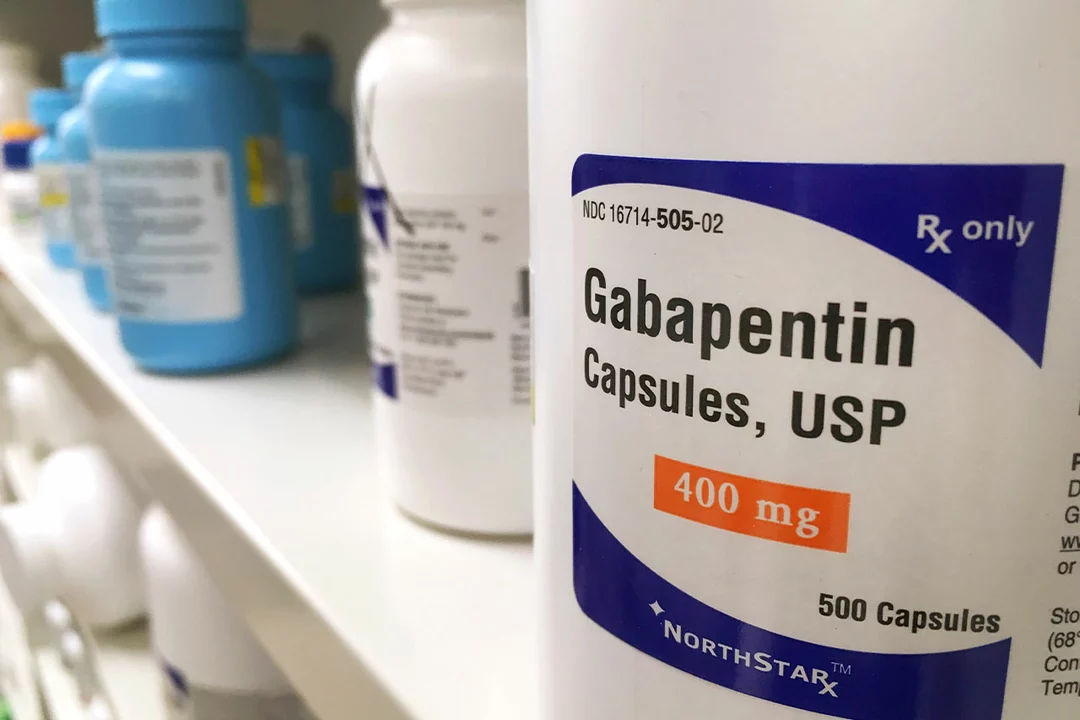Anticonvulsant Drugs: What They Do and How to Use Them Safely
Ever wondered why the same drug treats seizures and nerve pain? Anticonvulsants work by calming overactive nerves. Doctors prescribe them for epilepsy, neuropathic pain, bipolar disorder, and some migraines. Each drug affects brain chemistry differently, so the choice depends on the condition and side effects.
Common anticonvulsants include carbamazepine, valproate, lamotrigine, levetiracetam, gabapentin, and pregabalin. Carbamazepine and valproate often treat generalized and focal seizures. Lamotrigine is favored for mood stabilization and focal seizures. Levetiracetam is used a lot because it has fewer interactions. Gabapentin and pregabalin are better for nerve pain and restless legs.
How they work and what to expect
Most anticonvulsants reduce neuron firing by changing sodium, calcium, or GABA signals. That cuts down seizure activity and eases nerve pain. Expect a few weeks to see full effect for some drugs. Some drugs need a slow taper up to avoid side effects or breakthrough seizures.
Side effects vary. Common ones are dizziness, drowsiness, weight changes, or stomach upset. Serious risks include liver injury with valproate, skin rash with lamotrigine, or blood issues with carbamazepine. Pregnant people should talk to their doctor: some anticonvulsants raise birth defect risks. Always balance seizure control against side effects with your clinician.
Practical tips for taking anticonvulsants
Take medications at the same time each day. Use a pill box or phone reminder. Don’t stop suddenly — that can trigger seizures. Tell your provider about all medicines, supplements, and alcohol. Anticonvulsants often interact with birth control, blood thinners, and some antidepressants. Ask about monitoring tests like liver panels, blood counts, or drug levels when starting or changing doses.
If you have new symptoms like unusual bruising, yellow skin, severe rash, or worsening mood, contact your healthcare team immediately. Keep a seizure diary. Note triggers, duration, recovery time, and side effects. A diary helps your doctor pick the right drug and dose.
Not improving? There are alternatives. Switching drugs, adding a second agent, or using non-drug options like vagus nerve stimulation and ketogenic diet may help. For nerve pain, topical treatments or nerve blocks can be options. Discuss risks and expected benefits openly with your clinician.
Buying meds online? Choose licensed pharmacies with clear contact details. Avoid sites that ship without a prescription or offer suspiciously low prices. Your safety matters more than saving a few dollars.
Need quick resources? Bring a list of your meds to appointments. Ask for written side effect checklists and emergency plans for severe reactions or breakthrough seizures. With the right plan, anticonvulsants control symptoms for many people and improve daily life.
Regular follow-up matters. Schedule an appointment within the first month after any dose change. Blood level checks are useful for valproate, carbamazepine, and phenytoin. Ask if you need liver or kidney tests. Carry a written action plan for seizures and wear a medical ID if events are frequent. When traveling, pack extra medication, original packaging, and a paper prescription to avoid problems. Talk with your care team.

Gabapentin and Seizures: A Possible Treatment Option
As a blogger, I recently came across the topic of Gabapentin and its potential role in treating seizures. Gabapentin, an anticonvulsant medication, has shown promise in managing various forms of epilepsy. It works by reducing abnormal electrical activity in the brain, potentially helping to control and prevent seizures. While it is not a cure-all, it could be a valuable treatment option for some patients. I believe further research and discussion on this medication could benefit those who suffer from seizures and are searching for effective treatment options.
More Detail